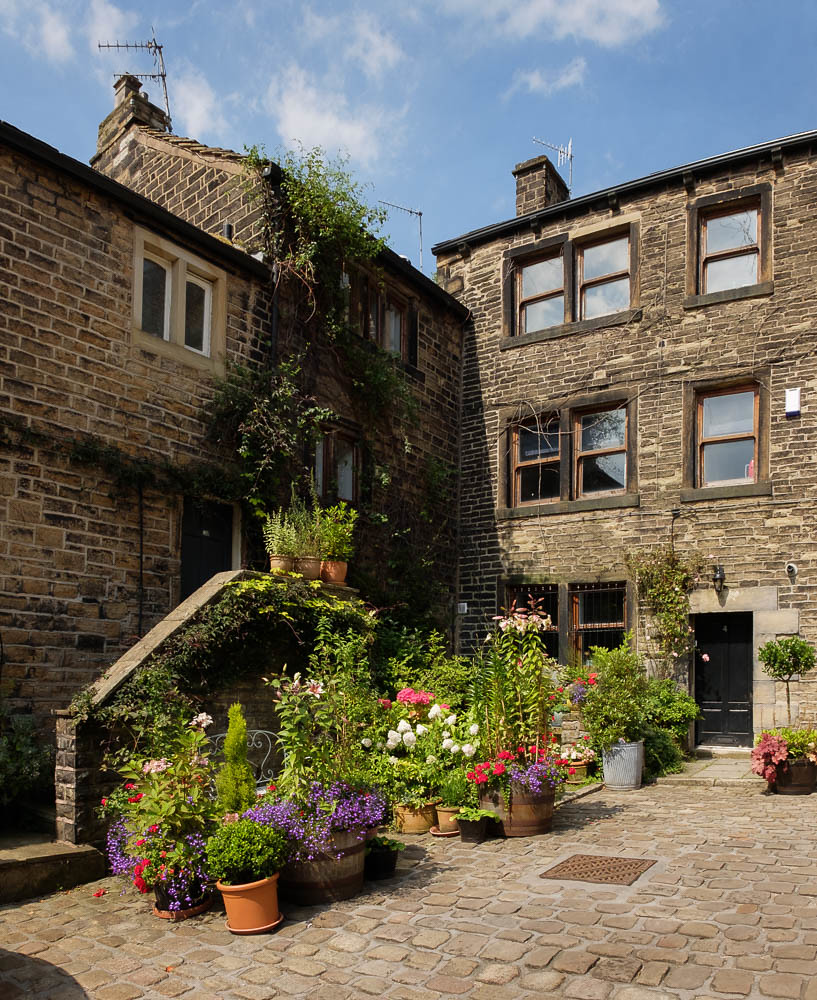- Messages
- 7
- Edit My Images
- Yes
Good evening all,
I'm going to be studying for a Masters degree in English Building History in September. It's important to me to get good photographs of the buildings I visit, for an academic record, for my own enjoyment, and for possible future use in a book I want to write.
I would be photographing exteriors, and also interiors in low light and where flash is prohibited.
I have about a grand, and this is what I'm thinking:
1. Full frame DSLR body, ie used EOS 5D Mk II
2. Standard zoom
3. A wide prime (ie 24mm, 17mm) and am happy to go 2nd hand and MF, and use adapter rings
4. A tripod and remote release
My questions are:
1. Is the 5D Mk II a good choice of body, and are there other options (maybe not even a DSLR?) that I should consider?
2. Within my budget, tilt/shift lenses are out of the question. Are there other options for controlling perspective in-camera? ie bellows, that I could consider? I know there is Lensbaby but that seems a bit "random" and is more to do with controlling focal point than perspective.
3. If I were to use adapter rings, ie M42 and Pentax K, would old manual lenses work well with a body like a 5D? What would be the potential pitfalls?
Thanks in advance
I'm going to be studying for a Masters degree in English Building History in September. It's important to me to get good photographs of the buildings I visit, for an academic record, for my own enjoyment, and for possible future use in a book I want to write.
I would be photographing exteriors, and also interiors in low light and where flash is prohibited.
I have about a grand, and this is what I'm thinking:
1. Full frame DSLR body, ie used EOS 5D Mk II
2. Standard zoom
3. A wide prime (ie 24mm, 17mm) and am happy to go 2nd hand and MF, and use adapter rings
4. A tripod and remote release
My questions are:
1. Is the 5D Mk II a good choice of body, and are there other options (maybe not even a DSLR?) that I should consider?
2. Within my budget, tilt/shift lenses are out of the question. Are there other options for controlling perspective in-camera? ie bellows, that I could consider? I know there is Lensbaby but that seems a bit "random" and is more to do with controlling focal point than perspective.
3. If I were to use adapter rings, ie M42 and Pentax K, would old manual lenses work well with a body like a 5D? What would be the potential pitfalls?
Thanks in advance


 TA3X3186C-TA3X3185C
TA3X3186C-TA3X3185C